Sabrina Carpenter’s hit song ‘Espresso’ has been a soundtrack of summer and brought viral attention to the coffee category, specifically the espresso market. The song’s success unveils parallels to target espresso consumers and has sparked a renewed desire for increased innovation in the cherished espresso coffee market.
In April 2024, US pop star Sabrina Carpenter released the single ‘Espresso’. Following the release, social media posts referencing ‘espresso’ surged by over 300% to almost 3 million mentions, with ‘Sabrina Carpenter’ the most popular secondary term referenced. The song went on to reach the top 10 in major countries globally, driven by TikTok and mind-boggling streaming success, having surpassed 1 billion streams on Spotify as of August 2024.
Below, Mintel has outlined three key ways brands in the coffee and espresso market should leverage the song’s success with the loved coffee type to help drive future innovation in the coffee category.
1. Unlock the worth of espresso
Brands can start by leveraging the worth of espresso in the same way Sabrina knows her worth. The lyrics of ‘Espresso’ portray a woman who knows her value, and similarly, brands in the espresso coffee market should know their worth.
US espresso consumers too are valuable. Mintel research shows these consumers are less likely to view affordability as an ideal coffee brand descriptor when compared to all US coffee consumers. They are also more likely to seek out luxury and a heritage story in coffee, proving they appreciate the price point more in the value equation.
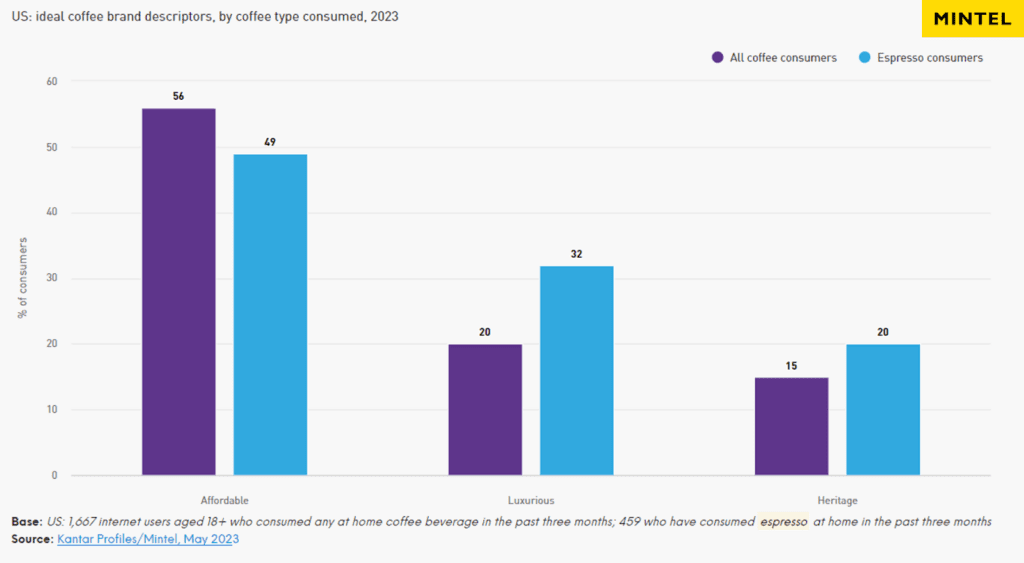
For example, the coffee brand, LavAzza, communicates its Italian taste heritage of espresso. Despite the higher price point, LavAzza’s ground espresso SKU proves the power of the espresso in driving purchase intent and taste/premium credentials within a range.
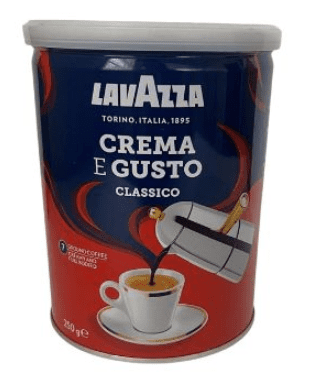
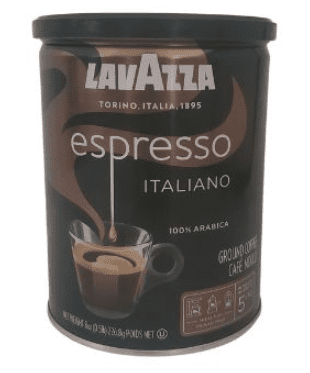
Lavazza targets espresso market consumers with their unique Italian heritage.
Source: Mintel Purchase Intelligence
Both Lavazza SKUs signal their Italian heritage, with the ‘Torino, Italia, 1895’ origin claim on the front of the pack. Italy is well known for its quality coffee but is arguably the most famous for inventing espresso.
The lesson: Brands in the espresso coffee market can command a price premium by communicating their Italian taste heritage.
2. Focus on taste as the “hook”
Carpenter delivers a ‘must have’ hook on the importance of female independence. She aligns it with a ‘nice to have’ message that comes in the form of an audibly catchy song. Comparably, brands in the espresso market must also focus on taste as the ‘hook’, followed by the sustainability ‘nice to have’. This is due to coffee consumers prioritizing taste (39%) over eco-credentials (20%) when choosing coffee.
German brand Segelwerk has launched its Red Pirate Espresso made from grounds sourced from Colombia and Honduras. The brand extensively details taste descriptors including roast, body, sweetness and acidity through intensity scales on the pack to appeal to consumers.
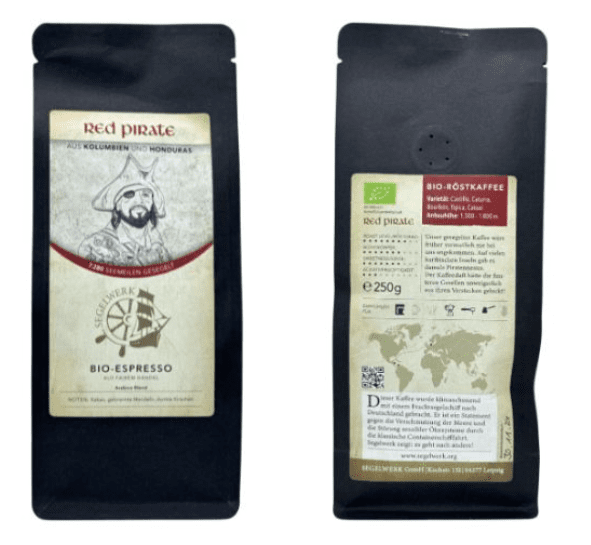
Red Pirate Espresso entices espresso coffee market consumers with detailed taste descriptors.
Source: Mintel GNPD
The lesson: Espresso brands must prioritize taste messaging paired with sustainability claims as a secondary focus to resonate with prospective consumers.
3. Change lanes to reach a wider audience
The third lesson brands in the espresso coffee market can take from Sabrina is changing lanes to reach a wider audience. For context, Sabrina unexpectedly collaborated with Van Leeuwen, an NYC-based ice cream brand, to launch an espresso-flavored ice cream featuring Sabrina on the packaging.
In Melbourne, Australia The Stovetop Sessions Cafe broadened its horizons as well by brewing its espresso solely with moka pots. The innovation serves as inspiration for consumers who don’t buy espresso as they don’t own espresso machines at home. An alternate way to prepare espresso grounds is via a moka pot. This approach may draw criticism from some coffee enthusiasts who argue that moka pots cannot provide enough pressure to draw a good espresso. However, moka pots are considerably cheaper to purchase than espresso machines. In the spiritual home of the espresso, Italy, considerably more consumers own moka pots (70%).
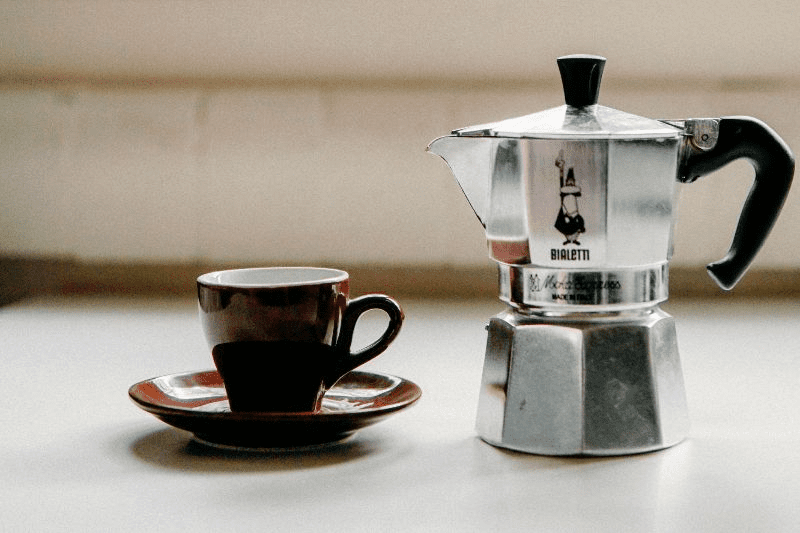
The lesson: Espresso brands can do the unexpected and educate consumers on how to prepare espresso in a moka pot at home (not just espresso machines).
What we think
Sabrina Carpenter’s newfound success through uncanny parallels serves as a lesson for the espresso coffee market on how to make a lasting impact and drive innovation in the space. By stepping out of their lane for the right reasons, embracing the unconventional, focusing on taste as a ‘must have’ and eco credentials as a ‘nice to have’, and emphasizing rich Italian heritage to drive brand value, brands in the espresso market will be poised for success.
For more information on the coffee and RTD coffee category, Mintel Clients can contact their Account Manager or access the full insight here (Client access only). If you aren’t a client, please contact us today and someone will be in touch.








